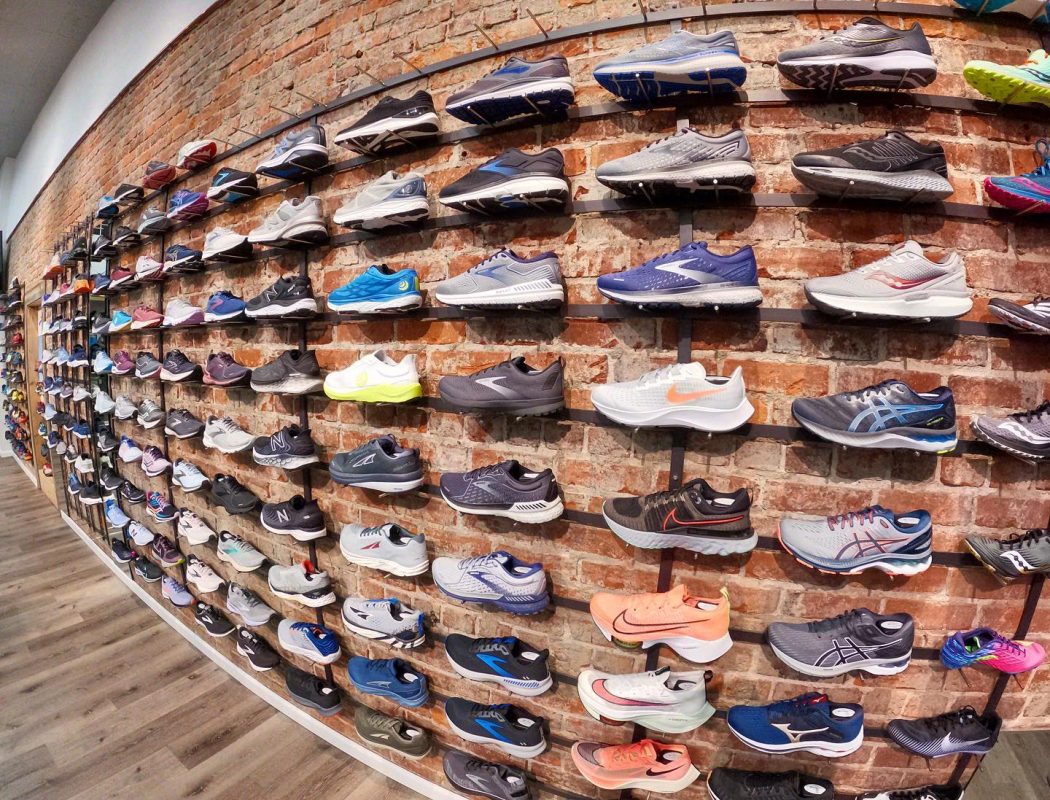
Choosing the Right Shoe for Running and Walking
Finding the perfect shoe for running or walking can be a daunting task due to the sheer variety available. Each foot is unique, and understanding your specific foot type and running style is crucial for long-term foot health and comfort.
The Importance of Foot Type
Before selecting a shoe, understanding your foot type is essential. Professionals can assist in this process by utilizing advanced technology to analyze your gait and recommend the ideal shoe based on your foot’s structure.
Types of Foot Arch
Foot arches are categorized into three main types:
- Neutral Arch: Rolls to a healthy degree during movement.
- Low Arch (Flat Feet): Rolls excessively inward, known as overpronation.
- High Arch: Rolls slightly inward upon impact, referred to as underpronation or supination.
Observing the wear patterns on your current shoes can provide clues to your foot type, helping guide your shoe selection.
Understanding Different Shoe Types
Choosing the correct type of shoe is crucial to prevent discomfort and injury. Here’s a breakdown of the main categories:
Stability Shoes
Designed for mild to moderate overpronators, stability shoes offer support under the arch to prevent excessive rolling inward. They feature a slightly stiffer midsole on the inside and are softer on the outside to maintain alignment.
Motion Control Shoes
For severe overpronators, motion control shoes provide robust support throughout the shoe, correcting excessive inward rolling starting from the heel. These shoes are ideal for those needing substantial stability during movement.
Neutral Shoes
Ideal for those with a natural running gait, neutral shoes offer moderate cushioning without additional stability features. They are lightweight and flexible, catering to runners with minimal pronation issues.
Shoes for Common Foot and Ankle Conditions
Certain conditions like Achilles tendonitis and plantar fasciitis require specific shoe considerations to alleviate symptoms and prevent further injury.
Achilles Tendonitis
Choosing shoes with a higher heel-to-toe drop can reduce strain on the Achilles tendon by elevating the heel slightly. This design minimizes the workload on the Achilles during movement, promoting comfort and recovery.
Plantar Fasciitis
Shoes for plantar fasciitis should prioritize cushioning, a soft heel, and strong arch support to relieve heel pain and discomfort. Maximal cushioning shoes with rocker soles are particularly beneficial for both runners and individuals who stand for extended periods.
The Role of Footwear in Preventing Injuries
Wearing appropriate footwear not only enhances comfort but also plays a crucial role in preventing common foot and ankle injuries associated with running, walking, and standing activities.
Injury Prevention Strategies:
1. Proper Fit
Ensuring a proper fit is fundamental in preventing blisters, calluses, and more serious injuries like stress fractures. Shoes should provide enough room for toes to wiggle without slipping at the heel.
2. Regular Replacement
Replacing worn-out shoes is essential as they lose cushioning and support over time, increasing the risk of injuries. Experts recommend replacing running shoes every 300-500 miles or sooner if visible wear and tear are evident.
3. Gradual Transition
Switching to new shoes or different shoe types should be done gradually to allow the feet and muscles to adapt. Abrupt changes can lead to discomfort or injuries due to altered biomechanics.
Consulting Foot Specialists
Visiting a specialty footwear store or consulting with a foot specialist can streamline the process of finding the right shoe for your specific needs. Advanced technologies available at these stores can accurately assess your foot type and recommend suitable footwear to prevent worsening existing conditions or developing new ones.
Investing in the right shoes tailored to your foot type and activity level is paramount for maintaining foot health and preventing discomfort. Whether you’re a dedicated runner, regular walker, or someone dealing with foot conditions, selecting appropriate footwear can significantly enhance your overall well-being and enjoyment of daily activities. For personalized guidance and to explore the latest advancements in shoe technology, consider reaching out to an orthopedic specialist or visiting a reputable footwear store.
*Photo Credit: FootZone Bend Oregon





